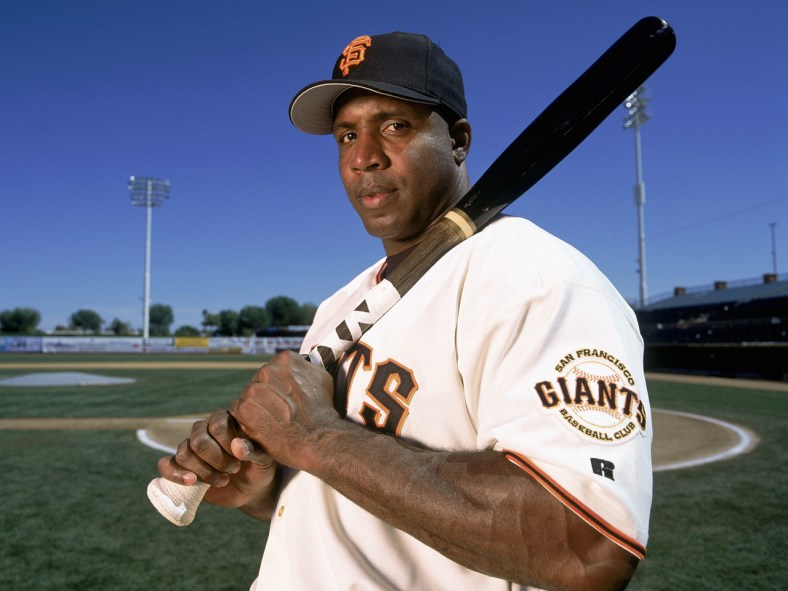
In December of 2007, former U.S. Senator George Mitchell released the famed “Mitchell Report,” which detailed the PED use (both alleged and confirmed) of 89 MLB players, including some of the sport’s biggest stars.
In the nearly 12 years that have past, not one player named in that report has been voted into baseball’s Hall of Fame. Additionally, no players that have tested positive (or acknowledged PED use) since are enshrined in Cooperstown.
Related: Yardbarker’s Ultimate Hall of Fame tiers
Unlike “Shoeless” Joe Jackson and Pete Rose, these players being kept out isn’t MLB’s responsibility — not officially, anyway. The responsibility here rests on the shoulders of sports writers who vote on the Hall of Fame. For different reasons, the time has come for those voters to finally welcome these players.
Undeniable hypocrisy: While PED users have been shunned from Cooperstown, those who benefited from having them around have been welcomed with open arms.
- Bud Selig, MLB’s commissioner during the Steroid Era, was elected into the Hall of Fame in 2017. We can’t be so naive as to think that Selig (and the sport in general) didn’t benefit financially from packed parks and TV deals that PED users had a huge hand in creating.
- These aren’t the only two, but Tony LaRussa and Joe Torre are in the Hall of Fame. Looking at the Mitchell Report, we’ll see plenty of players whom they managed. If keeping PED users out was some noble quest, keeping the managers out who had their records aided by alleged or confirmed PED users would be important, too.
Of course, Selig and the managers may not have been directly responsible for what was happening. Heck, they might have even been against it. But if they were, they certainly weren’t being especially vocal on the matter. Like it or not, silence (at least public silence) on the matter from authority figures such as commissioners and managers makes them plenty culpable for what happened.
Ultimately, though, the hypocrisy is only one reason. Maybe you don’t quite buy that the “buck stops here” argument applies to MLB’s authority figures.
That’s fine. There’s a greater reason for letting these players in.
The Hall of Fame is a museum: A museum’s job is to tell the history of its subject. Plenty of PED users are a huge part of MLB history. For the sake of this argument, though, we can focus on four guys.
- Sammy Sosa and Mark McGwire packed parks around the league during their 1998 Home Run chase. It was huge in restoring MLB’s prominence after the 1994-95 strike. No amount of revisionist history will ever change that.
- Barry Bonds is MLB’s only 500-500 man. He’s also the only 400-400 man, which he reached entirely before his PED use was alleged to have began. Bonds holds the records for career home runs (762), single-season homers (73), and walks (2,558). He also won seven MVP Awards. No other player has more than three.
- Roger Clemens, meanwhile, finished his career with 354 wins, a 3.12 ERA, and 4,672 strikeouts. The K total is third all-time. Clemens also won seven ERA titles in his career and earned a record seven Cy Young Awards. No other pitcher has more than five.
Sosa, McGwire, Bonds, and Clemens — the former two were primarily responsible for an increased focus on the sport at a time when it was badly needed. The latter two hold the records for most times winning MLB’s most elite awards.
This isn’t to say that every PED user should be in. It also isn’t to say that there shouldn’t be some mention of their PED use on their plaques. These are issues that can be discussed and debated.
What can’t be discussed or debated is that like it or not, these guys are a huge part of MLB history. If the Hall of Fame wants to really tell the history of baseball, the voters must find a way to let some of these PED users in.